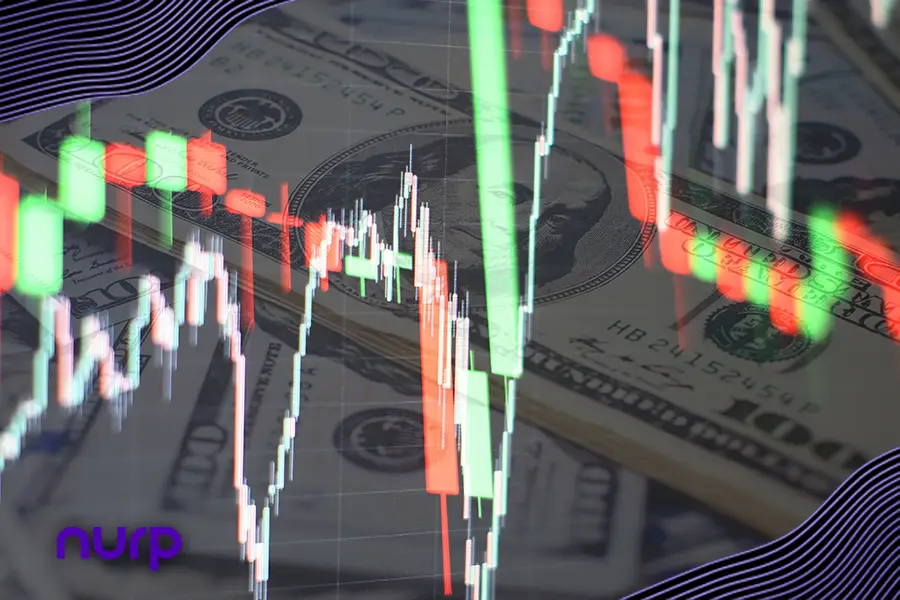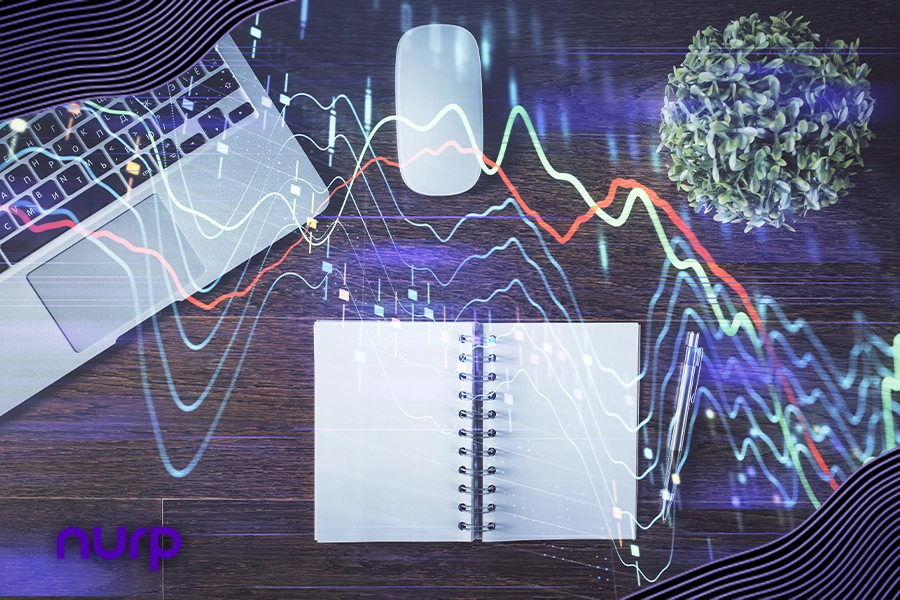Key Takeaways
Quant trading utilizes algorithms for rapid, data-driven decisions; traditional trading emphasizes human judgment and analysis.
The choice between quant and traditional trading depends on comfort with technology versus preference for hands-on analysis.
Quant trading excels in processing large datasets and diversifying investments, potentially reducing risk.
Introduction
Two distinct approaches dominate the financial market: quantitative trading and traditional trading. Each method offers unique advantages and caters to different investor profiles. This article explores the fundamental differences between these trading styles, helping investors decide which approach best suits their investment goals. Understanding these differences can provide a clearer insight into how each strategy impacts investment outcomes and risk management.
Read More: How a Right Algorithmic Trading Tool Empowers Investors and Traders
No Human Emotions: The Essence of Quantitative Trading
Quantitative trading, or quant trading, uses advanced mathematical models and algorithms to identify trading opportunities. This strategy relies on computational power to quickly analyze large datasets, with quant traders making decisions based on statistical analysis, free from human emotion. The process is highly automated, enhancing speed and efficiency. A major advantage of quant trading is its ability to process and act on vast amounts of information swiftly, allowing traders to exploit market inefficiencies that elude human traders. Additionally, it offers greater diversification across various securities, potentially reducing risk through improved portfolio diversification.
Traditional Trading: A Human Touch
In contrast, traditional trading relies more on qualitative assessments and human judgment. This approach often involves fundamental analysis, which looks at economic indicators, company performance, industry conditions, and other macroeconomic factors to make trading decisions. Traditional traders may also use technical analysis, which focuses on patterns in price movements and trading volume to forecast future market behavior.
Choosing the Right Strategy
The choice between quantitative and traditional trading depends largely on the investor’s comfort with technology, investment goals, risk tolerance, and market knowledge. Quant trading offers high efficiency and speed, appealing to those who value a data-driven, systematic approach to investing. Conversely, traditional trading is suited for those who prefer a hands-on approach and believe in the value of human insight in financial markets. Each method’s unique strengths enable investors to tailor their strategies to align closely with their financial goals and market conditions.
Conclusion
As the financial markets continue to evolve, understanding the underlying mechanisms of quantitative trading and traditional trading is crucial. Investors must assess their individual needs and capabilities to select the strategy that will best help them achieve their financial goals. Success lies in choosing the path that aligns with one’s investment philosophy and resources, whether it is the high-speed, analytical precision of quant trading or the nuanced analysis of traditional trading. Regardless of the approach adopted, it is crucial to remember that forex trading is inherently risky, and investors should only trade with money they can afford to lose.
The post Quant Trading versus Traditional Trading: Decoding The Showdown first appeared on Nurp.com.






